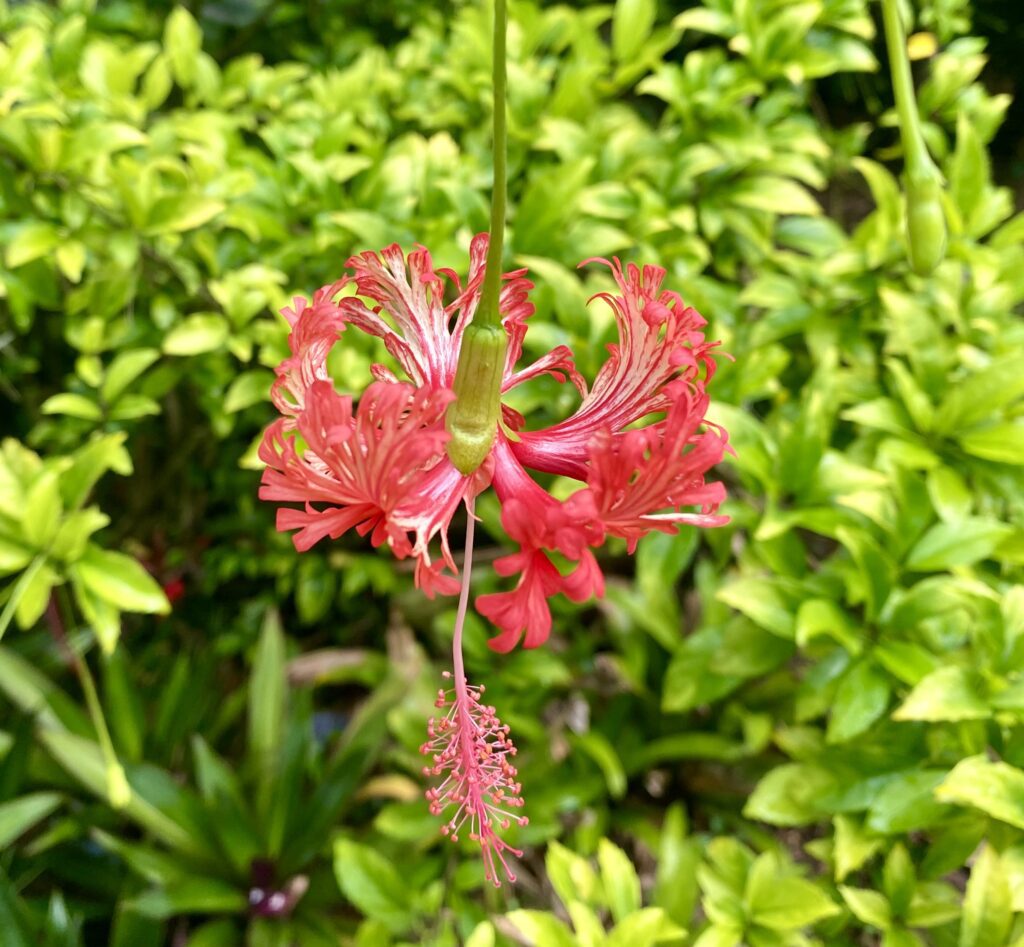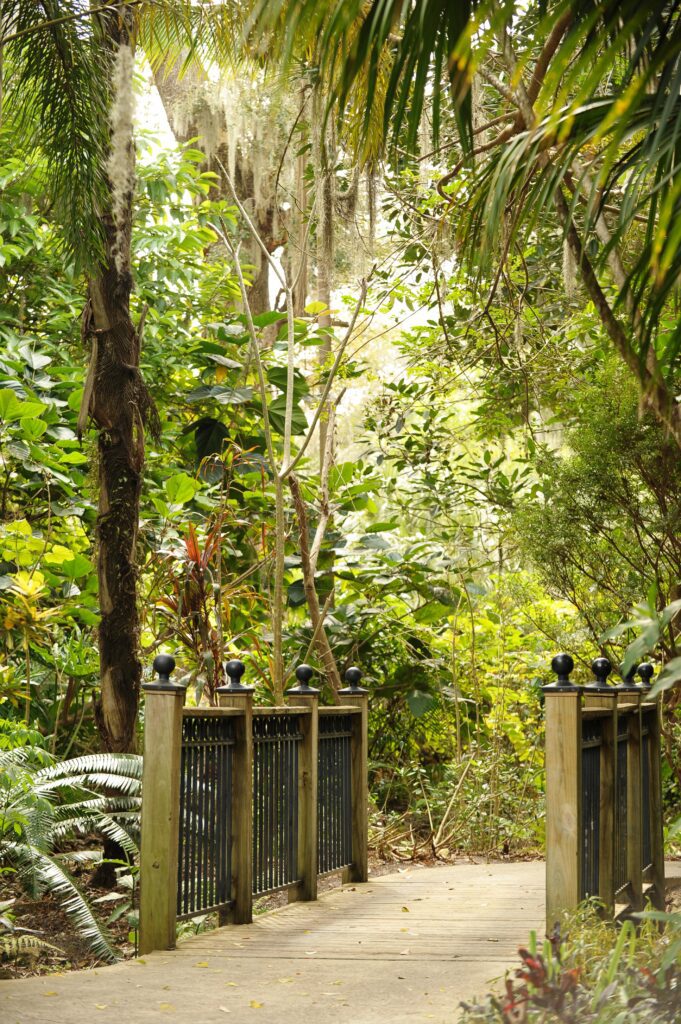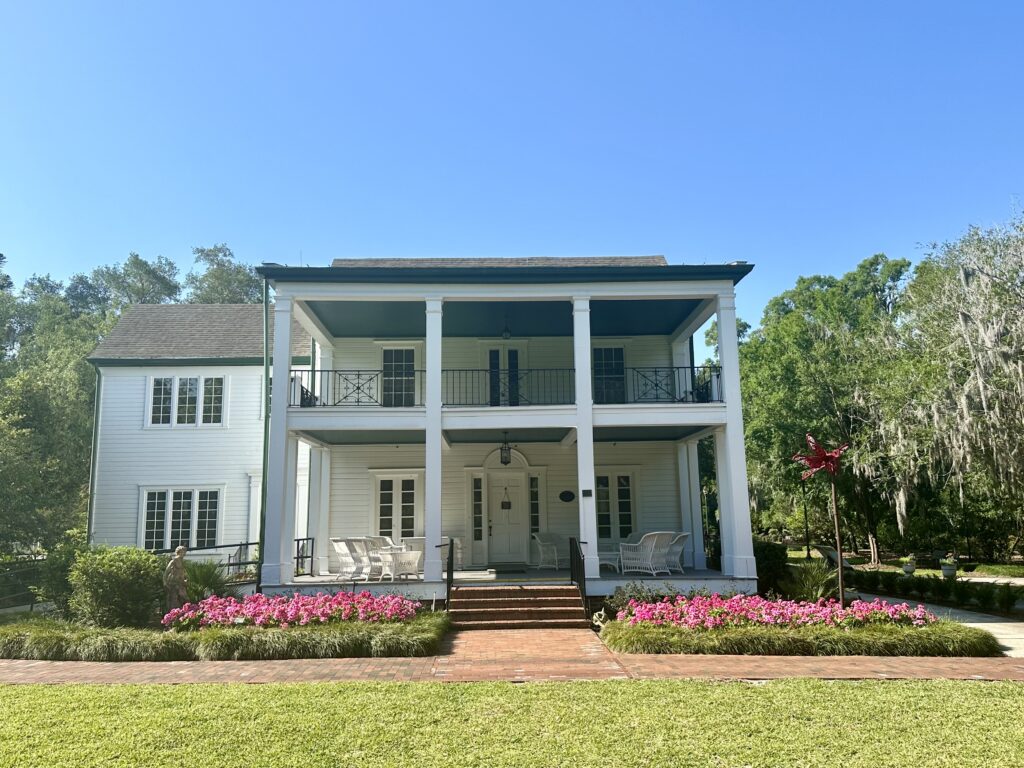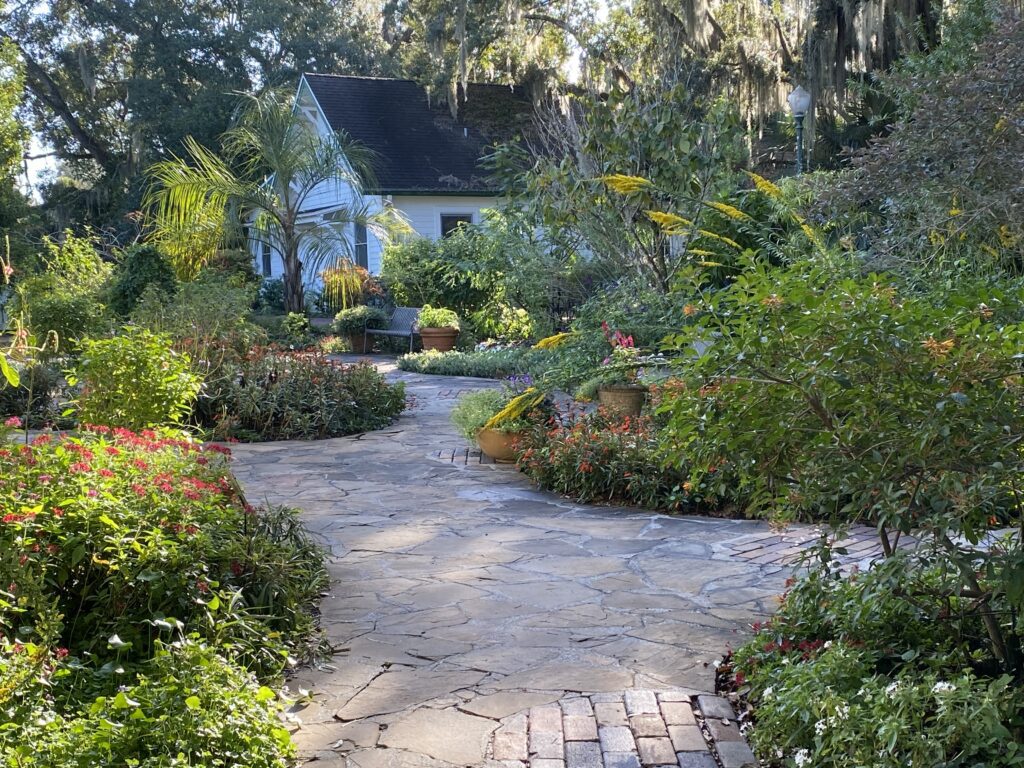Orlando Oasis Showcases Botanical Beauty With a Nod to Rare, Endangered Plants
by REBEKAH PIERCE
photos by HARRY P. LEU GARDENS
When most people think of the city of Orlando, camellias, cycads, and agaves probably don’t come to mind first.
Yet within the bustling hub of the downtown area, on the calm shores of Lake Rowena, you’ll find all that (and more) at Harry P. Leu Gardens.
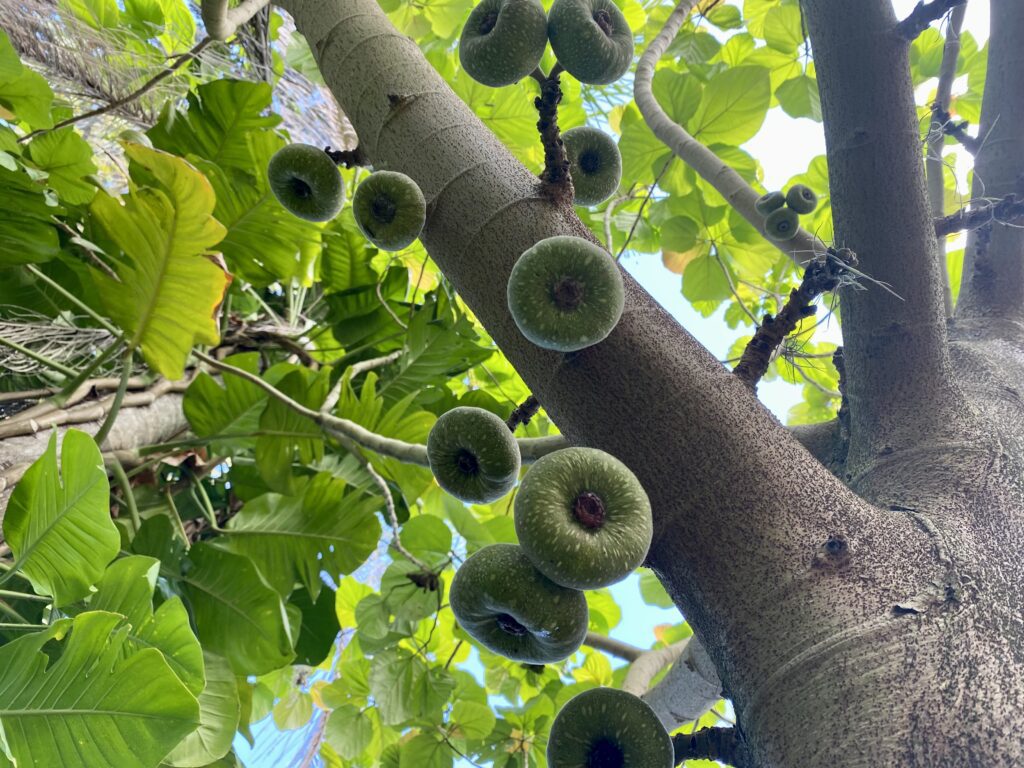
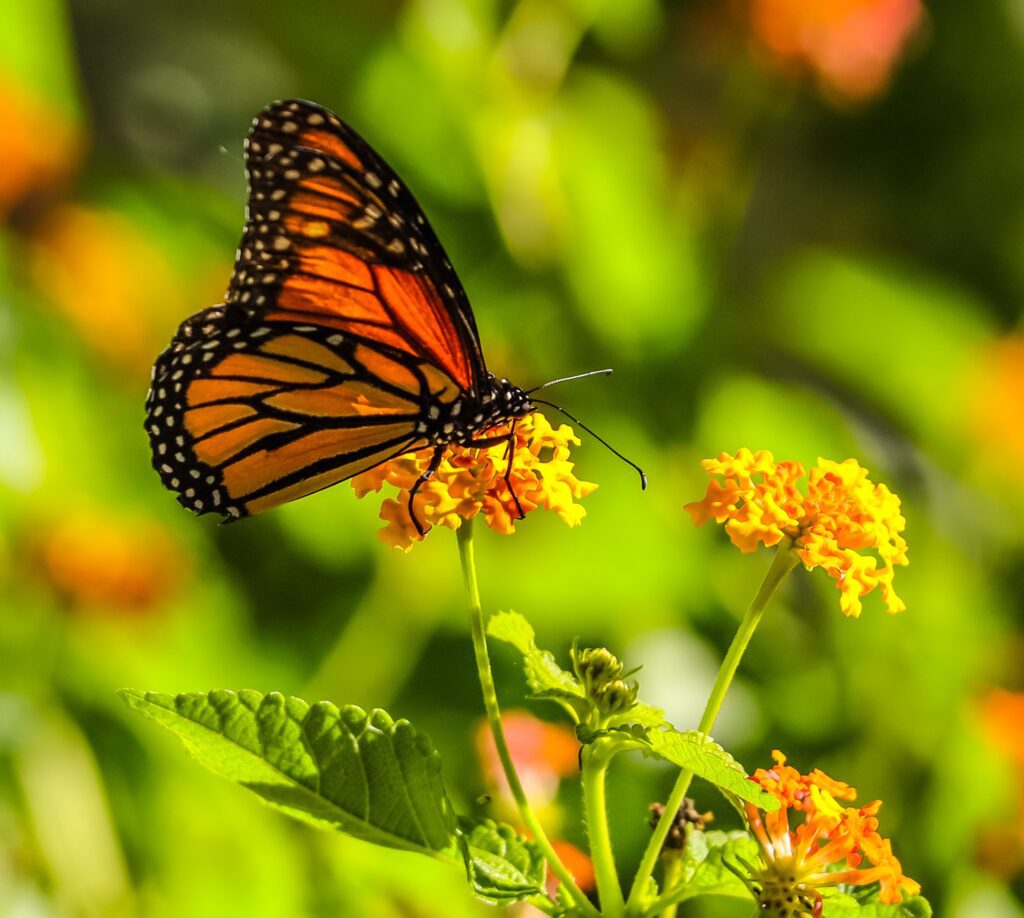
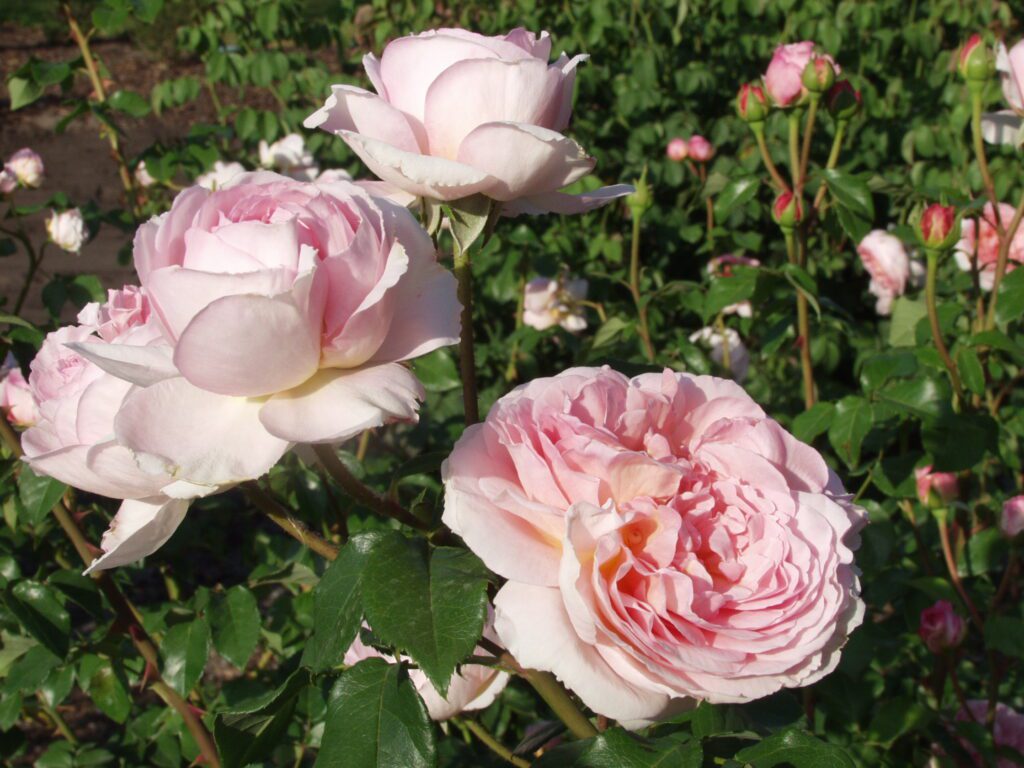
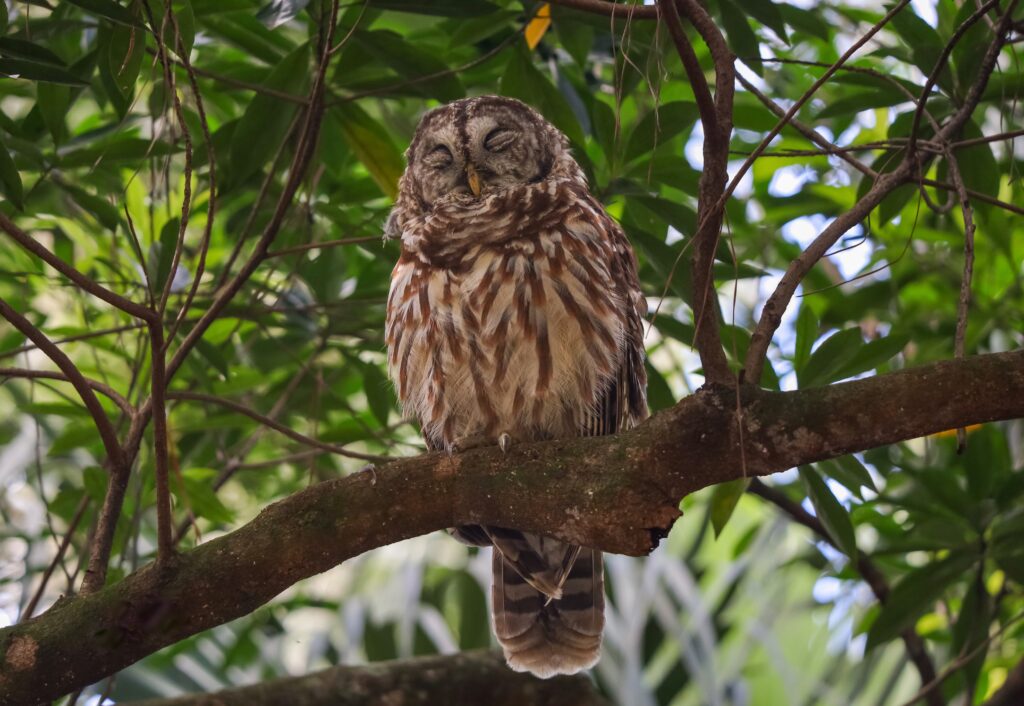
Open 363 days a year, Leu Gardens is now owned and operated by the City of Orlando, but it has a storied history that goes back centuries. A history, in fact, that’s perhaps just as interesting as the plants themselves.
The property was gifted to the city in its entirety in 1961, meant to “serve in perpetuity as a botanical garden for the public,” says Jennifer D’Hollander, the Executive Director of the Gardens.
Before 1961, the property was owned by a series of other families. It was first homesteaded by the Mizell family in 1858. David Mizell fought for the Confederates in the Civil War before becoming the sheriff of Orange County. The only Orange County sheriff to be killed in the line of duty, Mizell (and other family members) are buried in the on-site Mizell Cemetery. The cemetery closed to burials in the early 1930s, but, along with the historic Leu House Museum, is now a must-see spot for garden visitors.
Eclectic Collections
Of course, it’s not just the history that draws visitors to this property, but its plants. Among other things, the Leu Gardens is home to one of the largest camellia collections in the United States with more than 1,700 individual specimens. It’s also home to a large palm collection, with more than 400 species, a large rose garden (serving as the largest formal rose garden in the state of Florida), and countless other interesting collections.
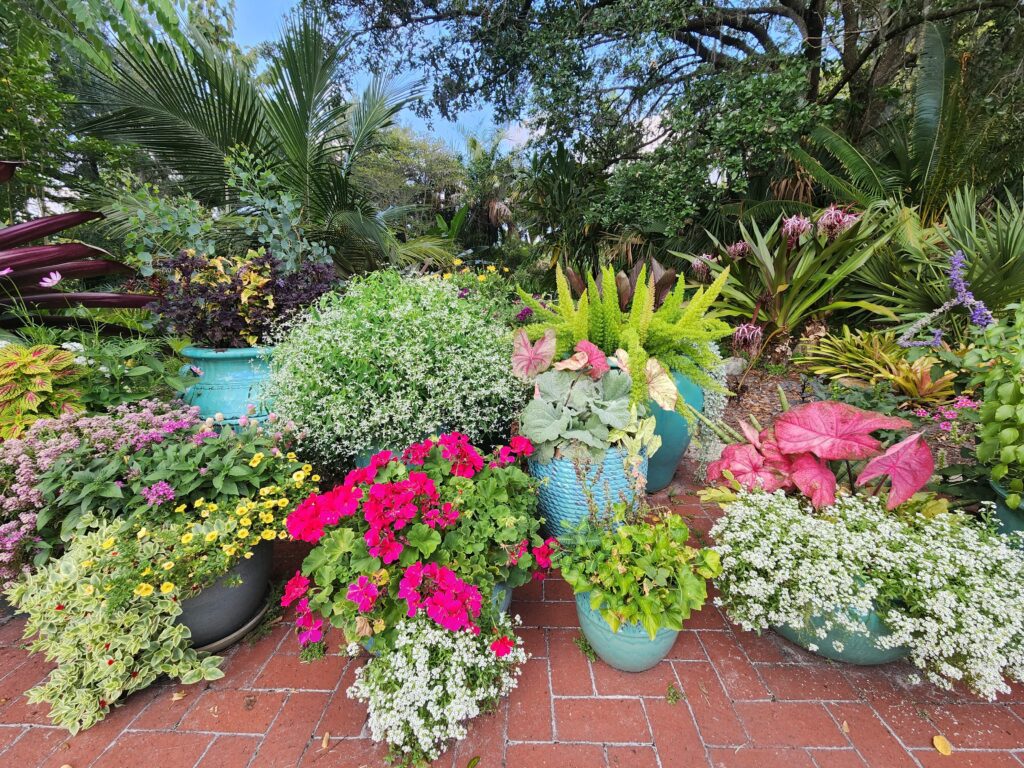
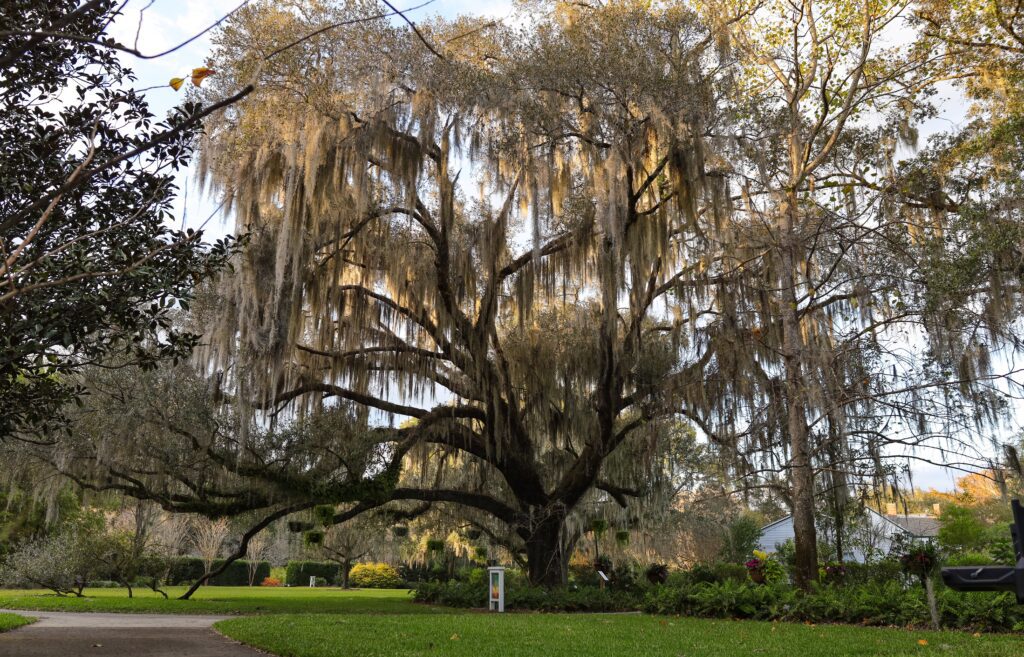
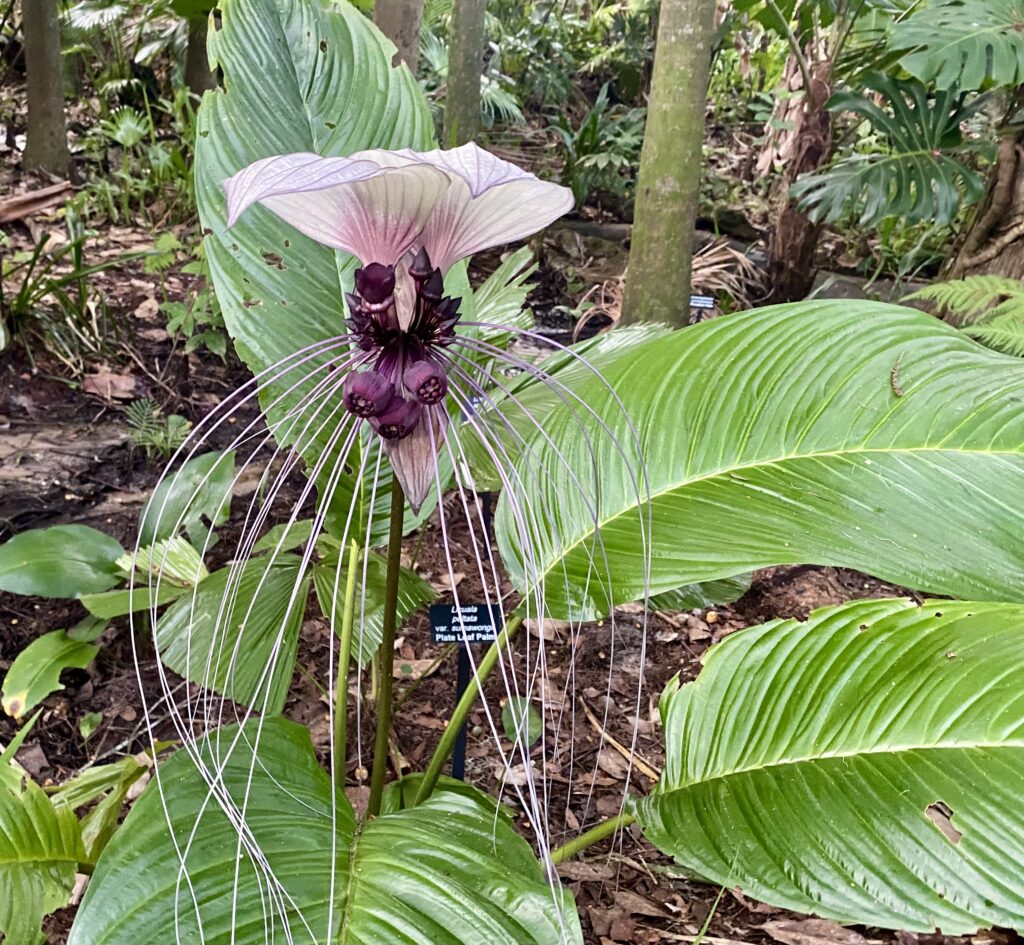
“Mr. Leu collected a lot of plants,” admits Eric Schmidt, botanical records specialist at the Leu Gardens. “Most of them between 1940 and 1955.” Harry Leu (who purchased the property in 1936 with his wife, Mary Jane) had a vision for the property long before he donated it to Orlando. “[He] invited the public to come to the property before he gifted it to the city…he had it in mind all along to share with the public.”
Leu Gardens is distinct from similar botanical gardens around the country, notes D’Hollander. Most tend to focus on collecting and growing the newest, best cultivars of various species, rather than on historic varieties. That’s what comprises the bulk of the one-of-a-kind Leu Gardens collections.
Many of these species are rare or endangered. Of note are the Garden’s Cycads, which resemble palms despite being unrelated, and have prehistoric, primitive origins dating to the Cretaceous period. Today, there are 300 species of Cycads in the world, most of which are critically endangered. The team at Leu Gardens also experiments with growing temperate and tropical plants that might not be what you think of when you consider native Florida plants, a testament to their ability to think outside the box.
“We’ve had some successes and some failures, but you never know until you try,” says Schmidt.
Behind the Scenes
Those successes certainly wouldn’t be as meaningful without noting the hard work it took to achieve them. Kim Duffy, the horticulture manager at Leu Gardens, says that there are several persistent challenges that she and her team face, including hurricanes, freezes, and diseases.
“We lost our citrus collection a few years ago with greening. We are constantly having to [fight] pest battles. But we practice best management practices as a baseline.” Together, she and her team (along with Eric) work closely on the collection to monitor conditions like pH, water, light, and nutrition to give the plants exactly what they need, all with the end goal of creating larger, healthier, and more robust plant collections.
It’s a lot of work, and for very few people. With roughly a dozen people working in the horticulture department, D’Hollander says, “You could have a hundred people working out here and never be done.”
Fortunately, the city of Orlando has played a significant role in supporting and growing the Gardens. “They provide us with the security to know that we are going to have the resources to do what we need to do, and take care of what we need to take care of,” she adds.
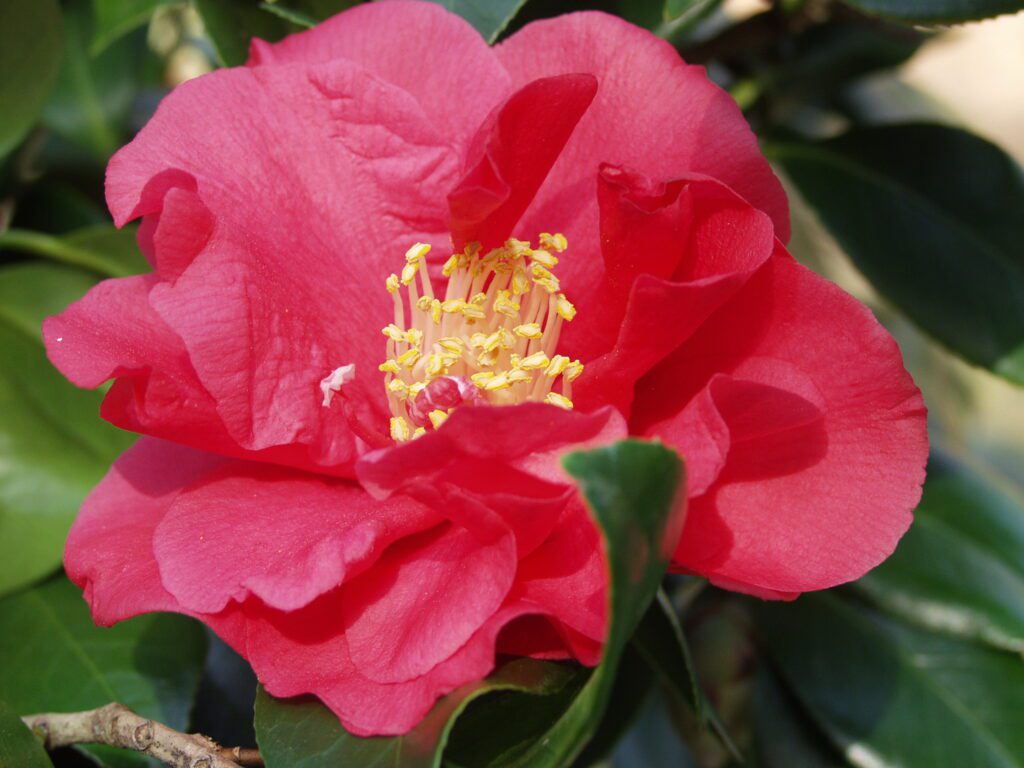
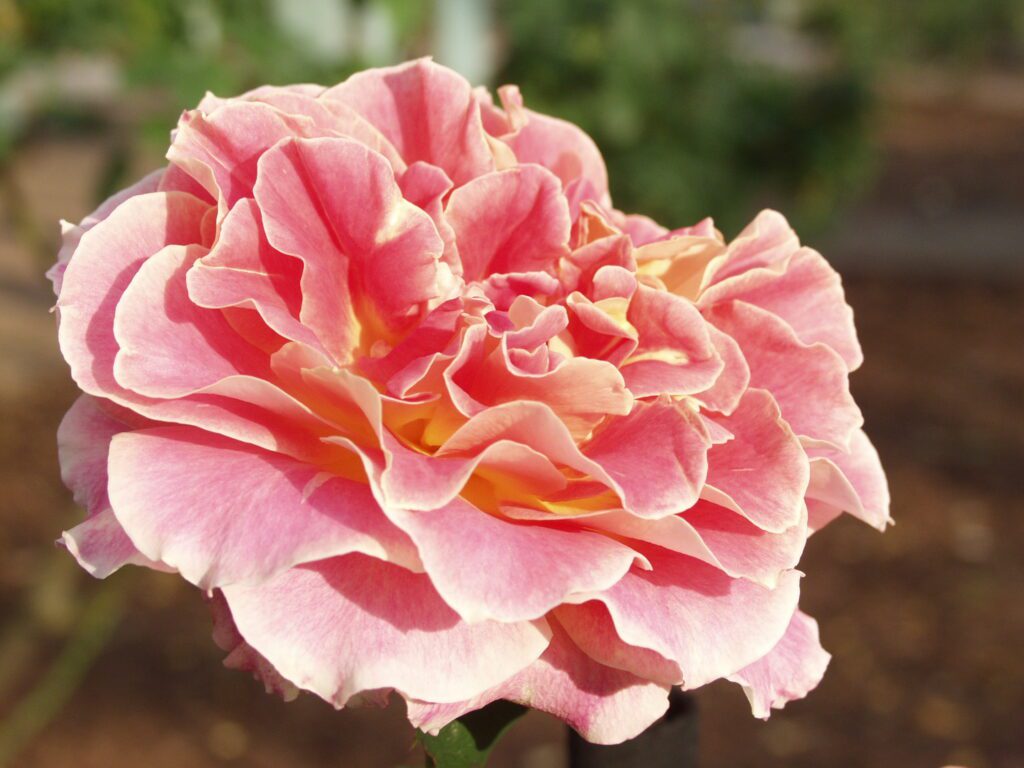
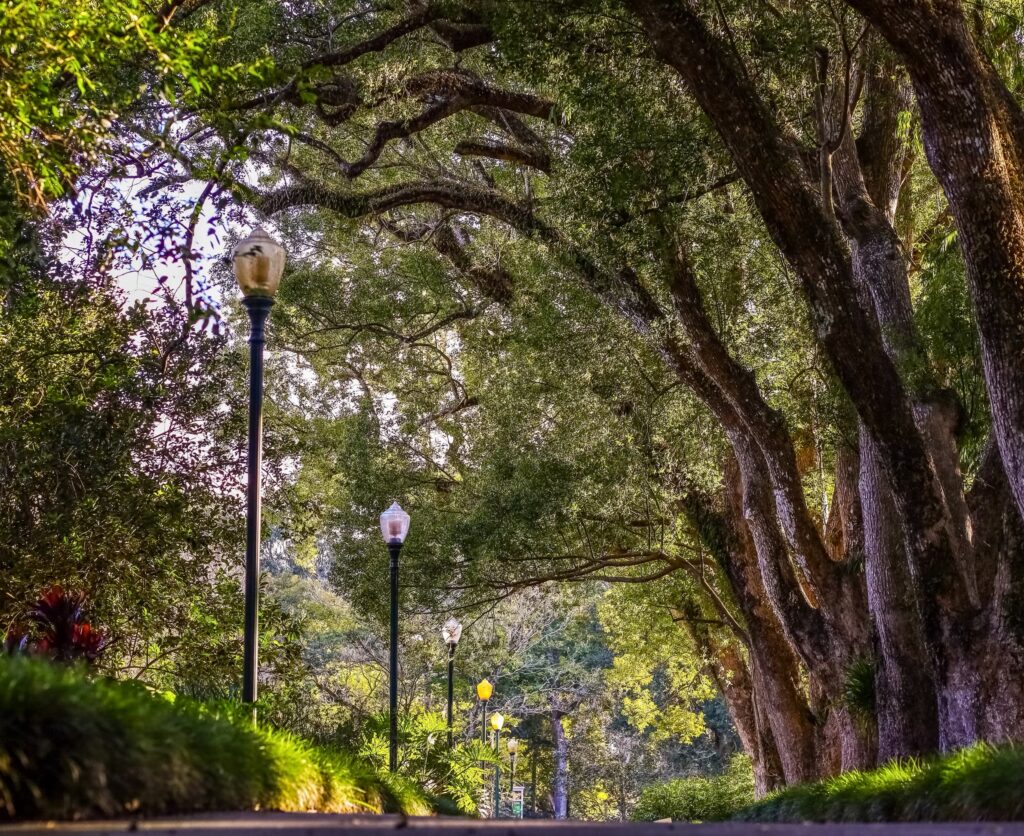
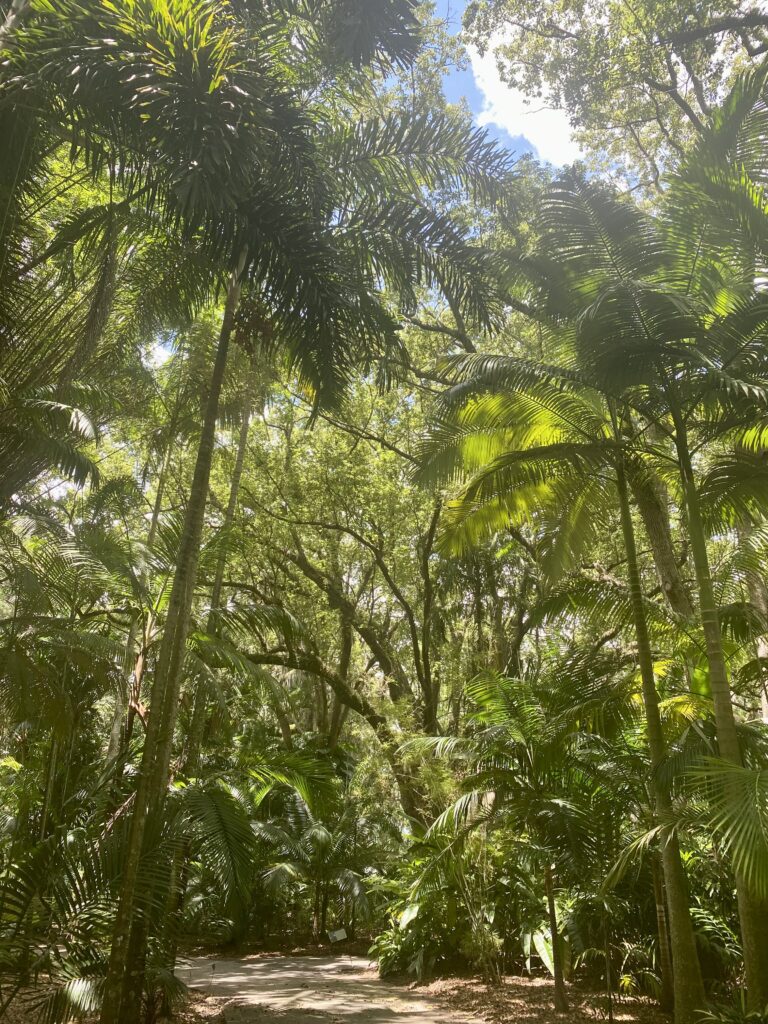
Interested in supporting the Gardens? “We want to invite everyone to come to the garden throughout the different seasons,” D’Hollander says. “There’s always something to see, and it’s always changing.” Schmidt adds with a laugh, “And come buy plants!”
He’s referring to the Leu Gardens annual plant sale, its signature event. Held on March 8 and 9, this two-day sale is free to the public and hosts more than 60 different growers from all over Florida selling plants and other wares for gardening.
Besides the plant sale, there’s plenty to do and see at the Gardens. Most tours are self-guided, where visitors can walk through must-see collections like the camellias, roses, and palms. Leu Gardens also has separate butterfly, tropical, and arid gardens, along with a lakeside trail that D’Hollander says offers visitors a lovely break from the hustle and bustle of the City.
Other special events include “free Mondays,” where admission is free on the first Monday of every month, and story time for young children. There are also concerts, movie nights, and even a “dog day” on January 25.
“We don’t normally allow dogs,” D’Hollander says, her own pup barking a friendly hello in the background. “But we’re obviously very dog-friendly. This is a special day where you can come with your dog.”
Whether you’re a dog or a human, adult or child, there’s plenty to see at Leu Gardens. From its fascinating history to its rich botanical diversity, it’s certainly earned its spot as a must-see destination here in Central Florida.
